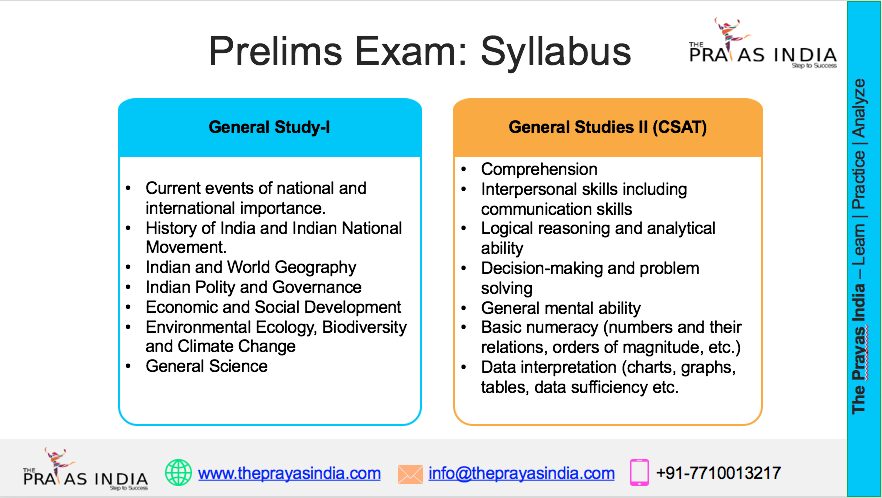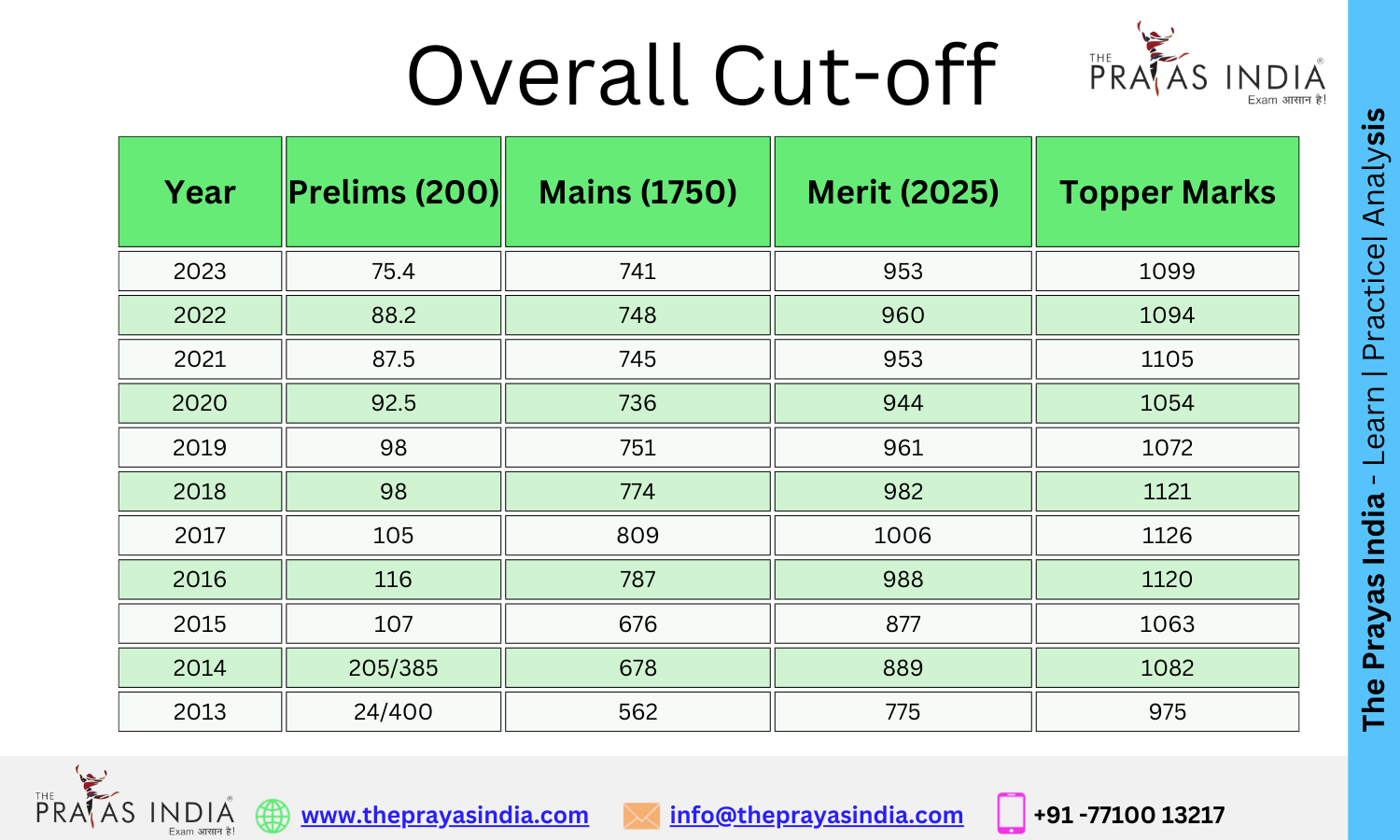Labour Productivity Gap in India: Causes, Challenges, and Solutions
Introduction
India’s economic growth story is often celebrated for its rapid expansion, but labour productivity remains a significant challenge. Despite the creation of 17 crore jobs over the past decade, the ambition to reach a $36 trillion economy by 2047 will not be realized unless the country addresses its deep productivity divide.
This divide—between formal and informal workers—limits income growth, curtails economic inclusion, and underscores the urgent need for structural transformation of the labour market.
Understanding Labour Productivity
Labour productivity refers to the amount of output produced per unit of labour input. It depends on:
- Skills and education
- Technology adoption
- Capital intensity
- Work environment and infrastructure
Formula:
Labour Productivity = Total Output (GDP) ÷ Labour Input (workers or hours worked)
Higher productivity means greater economic efficiency and higher wages, forming the backbone of sustainable growth.
The Productivity Divide Between Formal and Informal Sectors
The stark difference in output between formal and informal sectors illustrates the challenge:
- Formal industrial workers: GVA of ₹12 lakh per worker annually
- Informal sector workers: GVA of ₹1.5 lakh per worker annually
This eightfold gap reflects why income levels remain low despite job creation. Nearly 91% of India’s workforce is informal, dragging down average productivity and wages.
Wage Disparity and Labour Market Dynamics
Economic theory suggests wages should correspond to productivity, but India’s labour market tells a different story:
- Agriculture employs 42% of workers but contributes just 18% of GDP, signaling disguised unemployment and near-zero marginal productivity.
- Rising productivity in formal sectors doesn’t translate to wage growth for the majority in the informal sector due to excess labour supply and underemployment.
Formalisation as a Policy Priority
Why formalisation matters:
- Formal jobs provide social security, stable contracts, and opportunities for skill development.
- Policies like e-Shram, ESIC, and EPFO must achieve universal coverage.
Reform measures:
- Incentives for small businesses to move to formal contracts through simplified regulations and tax benefits.
- Create a Formalisation Index to track progress across states and sectors.
Addressing the Skills Deficit
India’s workforce faces a serious skill gap:
- Only 4.7% of workers have formal training, compared to 50-60% in advanced economies.
- National Skill Development Corporation (NSDC) and ITIs must scale up significantly.
Future skill priorities:
- Digital literacy, AI, data analytics, and green technologies.
- Strong industry-academia collaboration to keep training relevant.
Linking Wages to Productivity Through Innovation
- Performance-based wage models can help align pay with output quality and efficiency.
- Organized sectors like textiles and electronics can adopt these systems.
- MGNREGS could include performance-linked bonuses without compromising worker rights.
- Digital tools like AI and IoT can track and improve productivity.
- Platforms like ASEEM and DigiLocker can maintain integrated worker profiles.
Harnessing the Demographic Dividend
India has the world’s largest working-age population, but without:
- Formalisation
- Skill development
- Productivity enhancement
…the demographic dividend could become a liability, leading to inequality and social unrest.
Comparative Snapshot: India vs Global Peers
| Country | Labour Productivity (Output per Worker, USD) |
|---|---|
| United States | $130,000+ |
| China | ~$35,000 |
| India | ~$8,000 |
This gap explains why India must prioritize productivity reforms to remain globally competitive.
Conclusion
Bridging the labour productivity gap is not just an economic necessity—it is a social imperative for inclusive growth. Without urgent reforms in formalisation, skill-building, and technology adoption, India risks falling into a low-income trap, undermining its goal of becoming a developed nation by 2047.


![Prayas-लक्ष्य [UPSC CSE Target] The Prayas India](https://theprayasindia.com/wp-content/uploads/2021/08/Prayas-लक्ष्य-UPSC-CSE-Target-The-Prayas-India-300x167.png)

![Prayas Pre-भेदश [UPSC CSE Prelims Test Series] The Prayas India](https://theprayasindia.com/wp-content/uploads/2021/08/Prayas-Pre-भेदश-UPSC-CSE-Prelims-Test-Series-The-Prayas-India-300x167.png)










